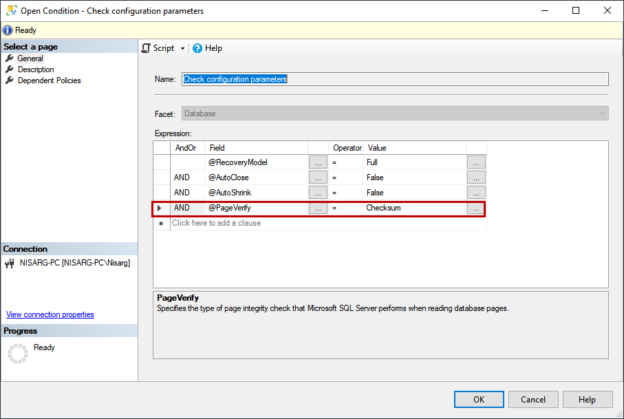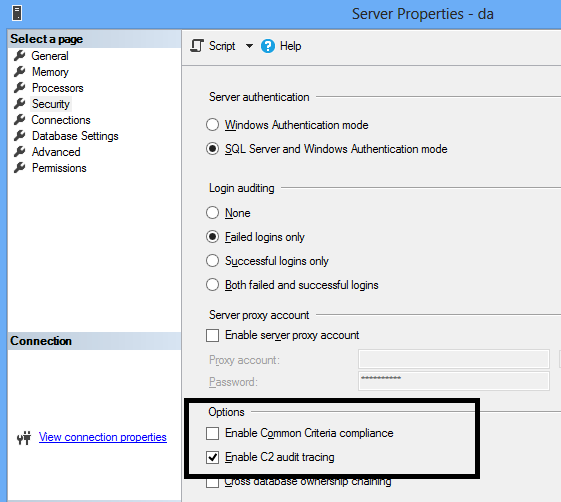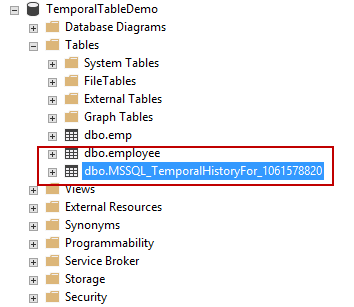Database auditing is an important task that helps to guide the organization and can point out areas that can be improved, the cause of functions that aren’t quite working as intended, or simply monitoring activity for compliance with government or industry policies. At its core, an audit simply logs events that are happening on the server instance or in a database and saves them out as audit files that can be reviewed after the fact. In general, the objective of Security, Compliance and Auditing is that “all data should remain secure”. There are many techniques and tools available to secure, protect and safeguard the data, but how do you know what’s right for your organization?
Read more »
































